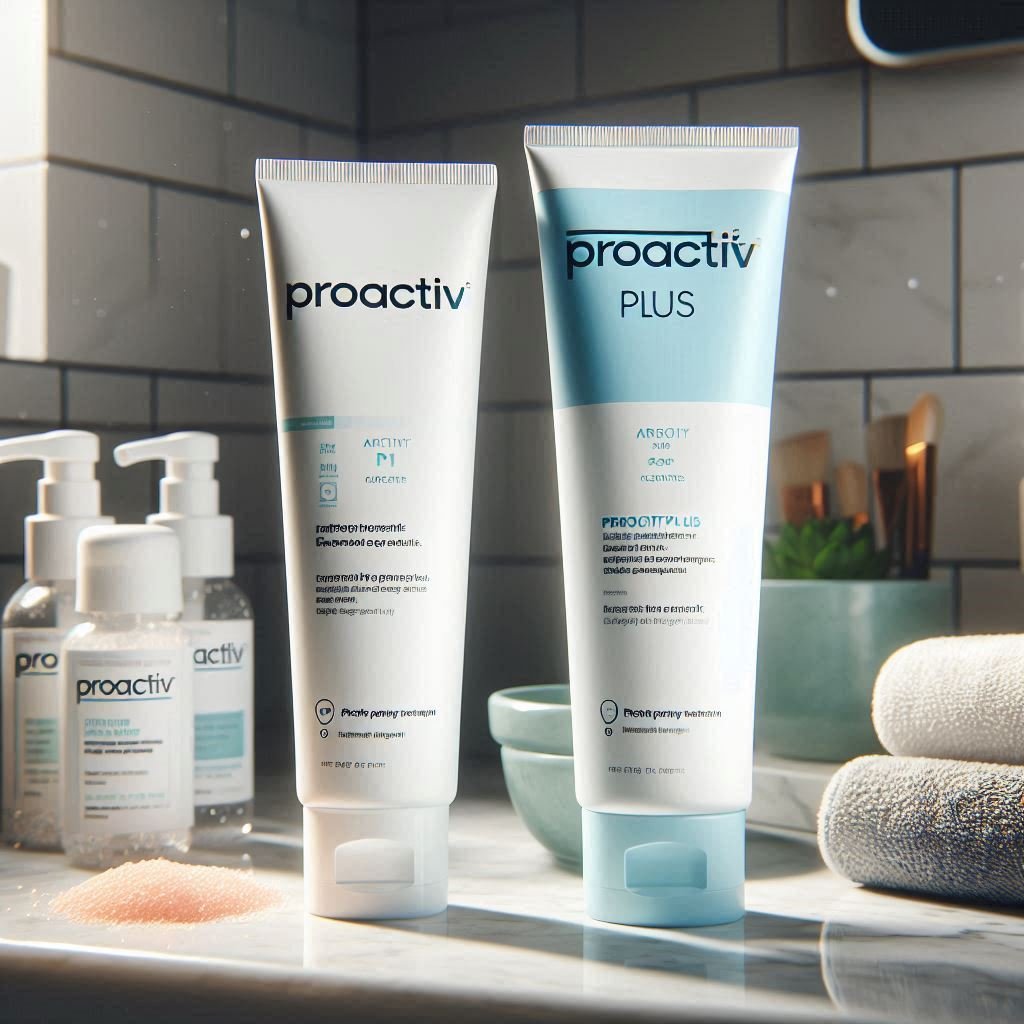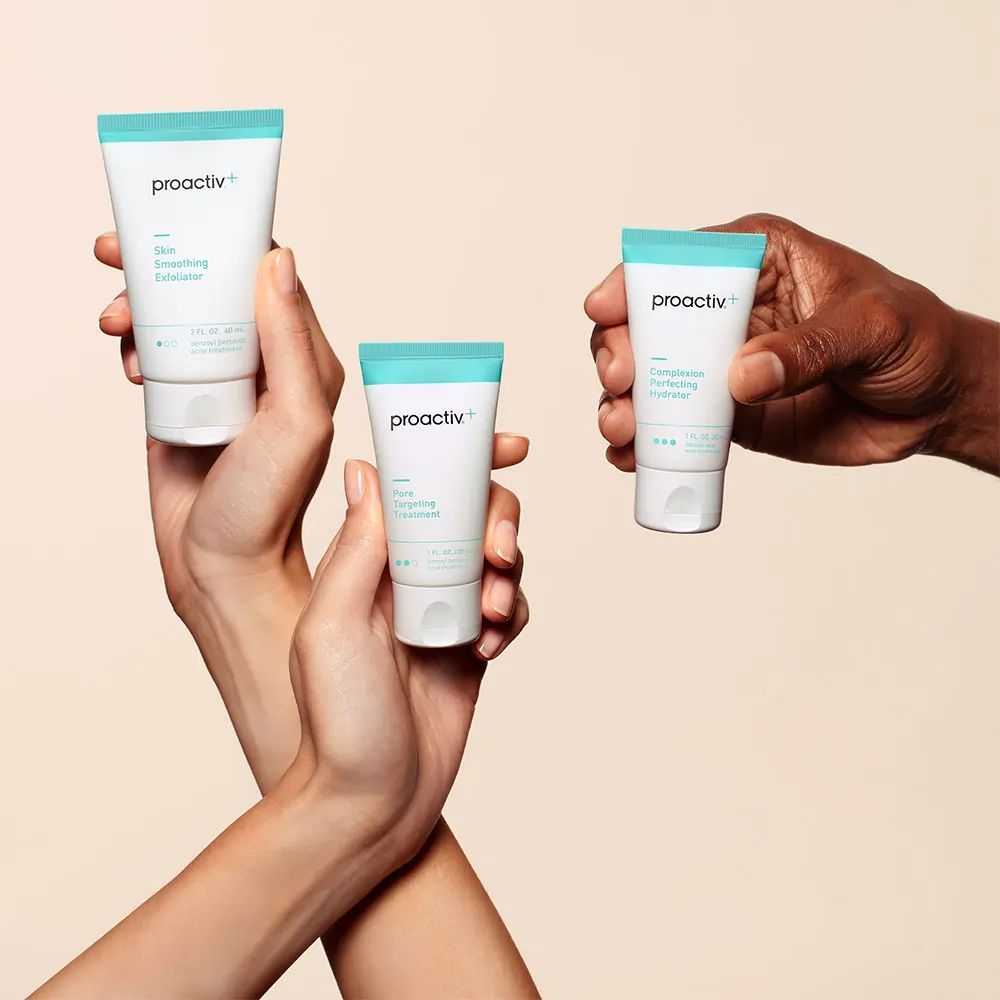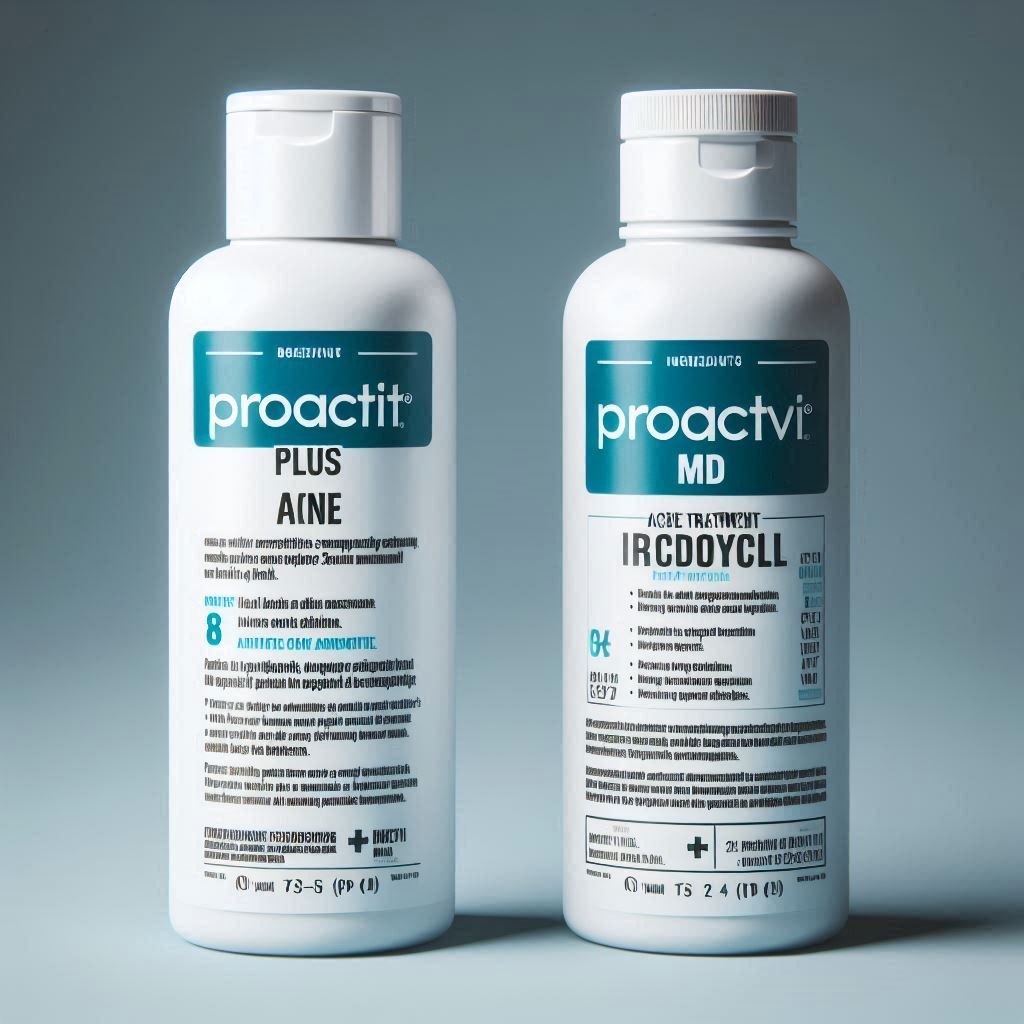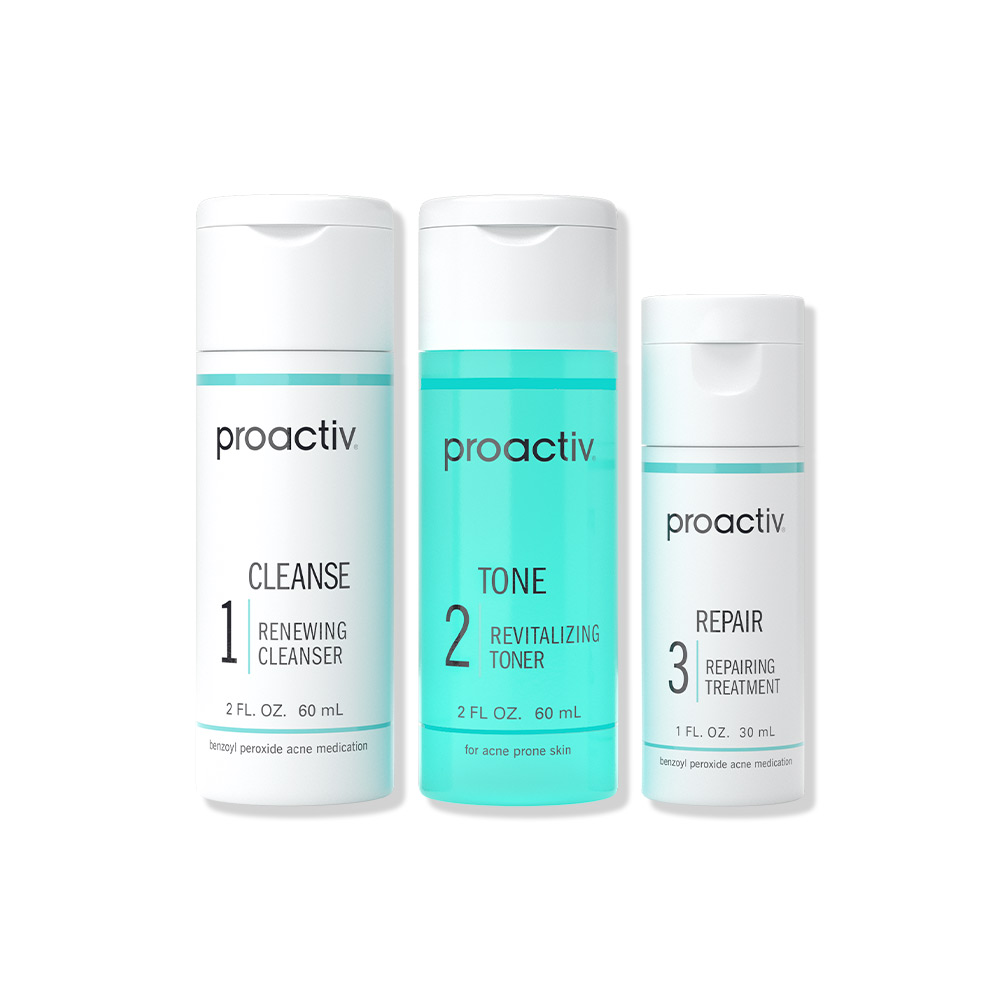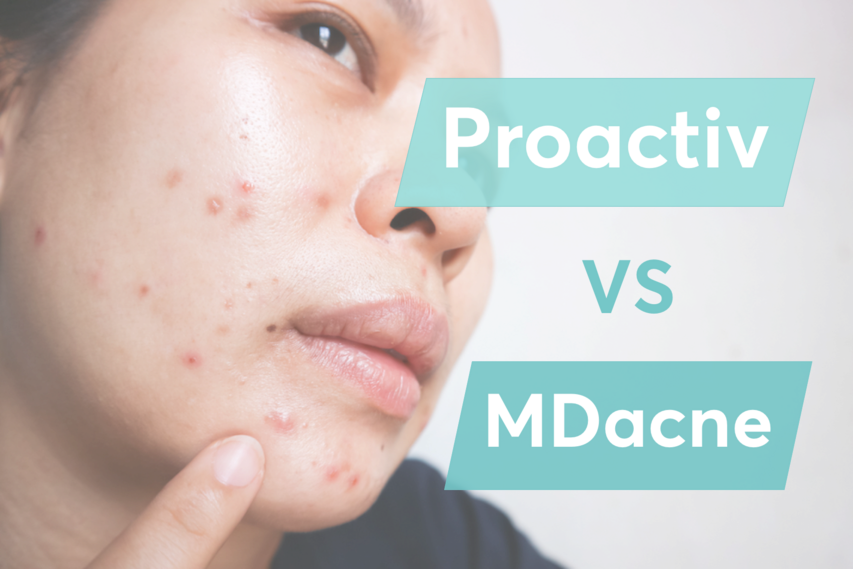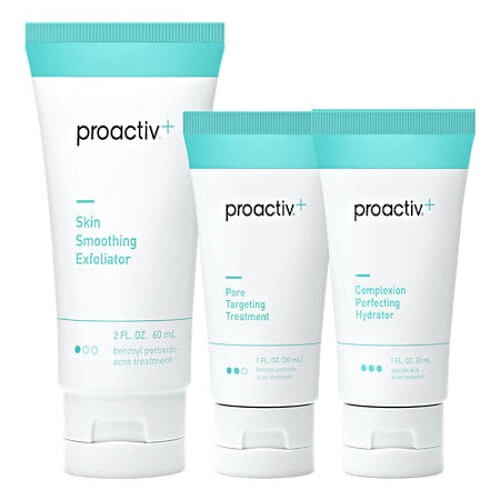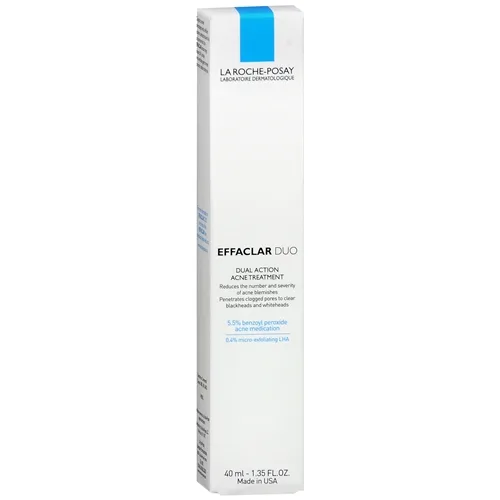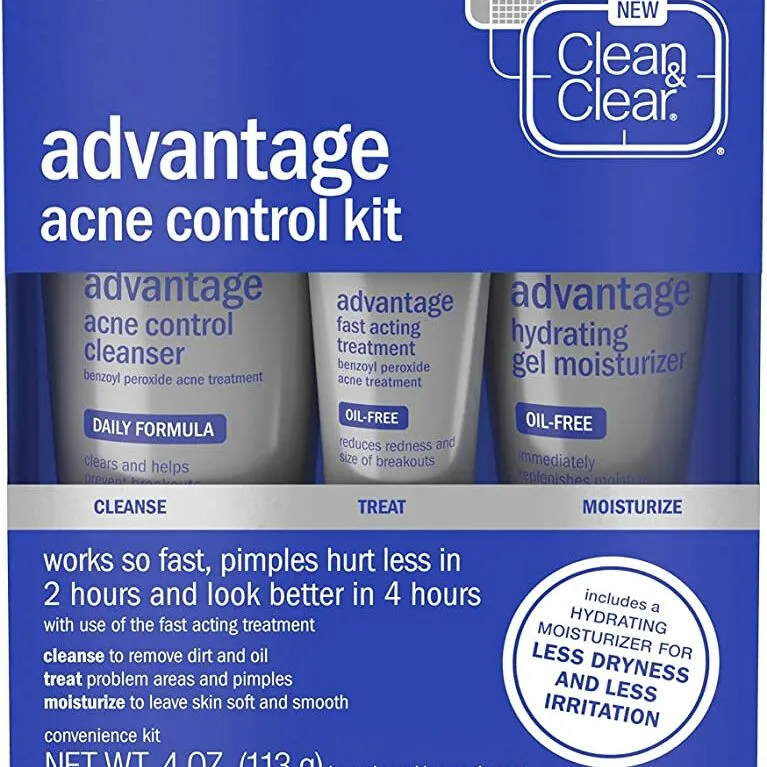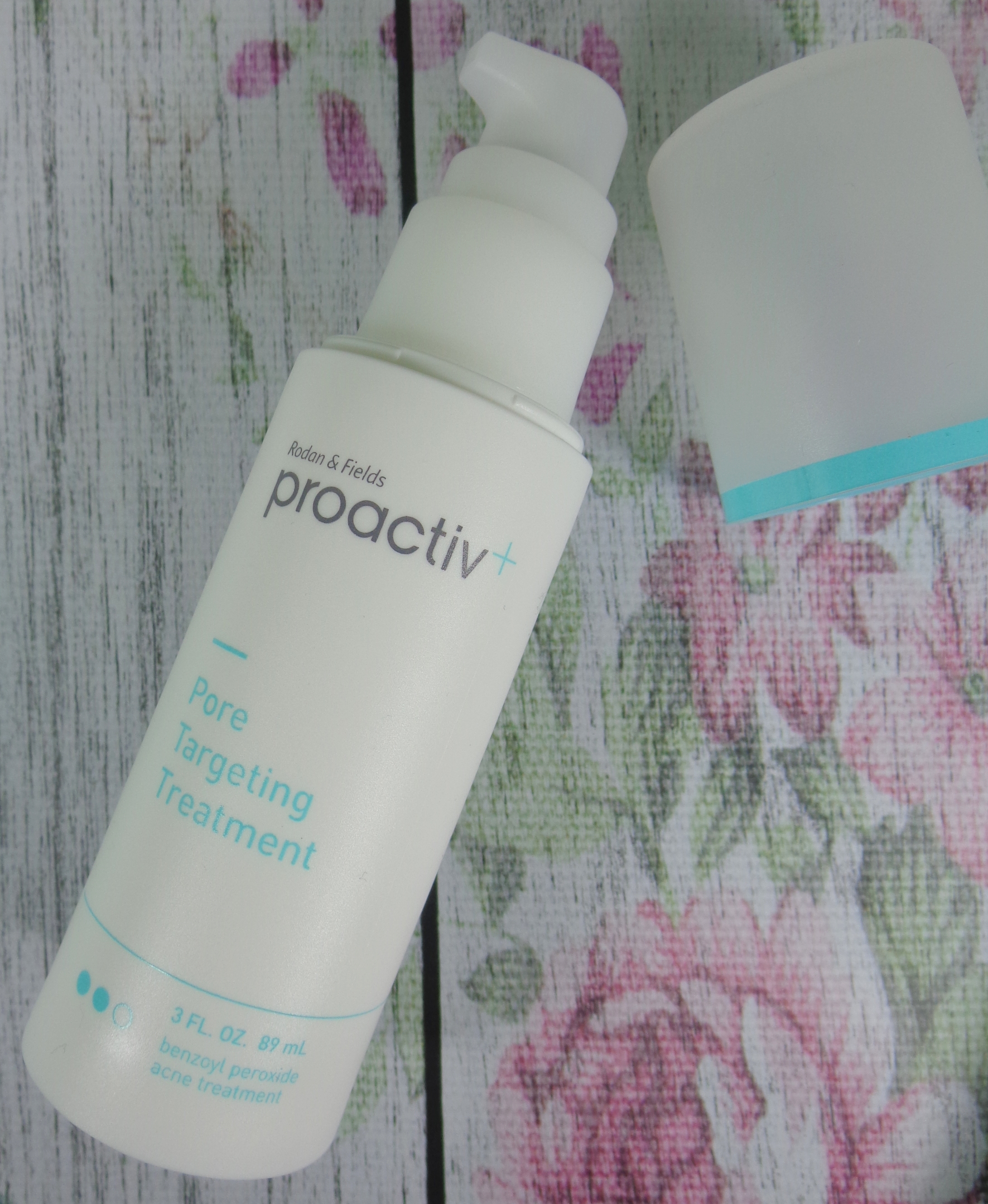Difference Between Proactive And Proactiv Plus

The quest for clear skin is a journey many embark on, often navigating a complex landscape of products promising miraculous results. Among the most recognizable names in this realm are Proactiv and Proactiv+, both marketed as comprehensive solutions for acne. However, beneath the surface of similar branding lies critical differences that can significantly impact user experience and outcomes.
This article delves into the distinctions between Proactiv and Proactiv+, examining their core ingredients, intended user base, and overall approach to acne treatment. Understanding these differences is crucial for consumers to make informed decisions and select the regimen best suited to their individual skin needs and concerns. We will analyze the formulations, explore expert opinions, and consider user testimonials to provide a comprehensive comparison.
Key Ingredient and Formulation Differences
The original Proactiv system is built around a core of three steps: a cleanser, a toner, and a repairing treatment. The primary active ingredient is benzoyl peroxide, a well-established acne fighter known for its antibacterial and anti-inflammatory properties. Salicylic acid is often included in the cleanser or toner to exfoliate and unclog pores.
Proactiv+ expands on this foundation by incorporating additional ingredients and technologies. It typically features a similar three-step system but introduces components aimed at addressing a wider range of skin concerns, such as redness, dryness, and post-acne marks. One notable addition is salicylic acid in multiple products, potentially increasing exfoliation.
Furthermore, Proactiv+ often includes hydrating and soothing ingredients like hyaluronic acid and allantoin, designed to mitigate the potential dryness and irritation associated with acne treatments. The inclusion of antioxidants and brighteners, such as vitamin C, targets post-inflammatory hyperpigmentation, a common consequence of acne.
Target Audience and Skin Concerns
Proactiv is generally geared towards individuals with mild to moderate acne. Its straightforward approach focuses on treating existing blemishes and preventing new ones through consistent use of benzoyl peroxide and salicylic acid. It serves as a practical option for those seeking a no-frills solution for basic acne management.
Proactiv+ broadens its appeal by targeting a more comprehensive range of concerns. While still addressing acne, it aims to improve overall skin tone and texture, reduce redness, and fade post-acne marks. This makes it attractive to those with persistent acne issues coupled with lingering skin imperfections.
Consequently, Proactiv+ might be favored by individuals with sensitive skin who require additional hydrating and soothing ingredients to counterbalance the drying effects of acne treatments. It also caters to those seeking to address both active breakouts and the after-effects of past acne episodes.
Expert Opinions and User Feedback
Dermatologists generally acknowledge the efficacy of both Proactiv and Proactiv+ in treating acne. Benzoyl peroxide, the active ingredient in Proactiv, is widely considered a first-line treatment for mild to moderate acne. Salicylic acid, a key ingredient in both, is also a well-regarded exfoliant.
However, the inclusion of additional ingredients in Proactiv+ is viewed by some dermatologists as a potential benefit for those with specific skin needs. The addition of hydrating ingredients can help to improve compliance by reducing dryness and irritation, a common reason people discontinue acne treatments. The American Academy of Dermatology emphasizes the importance of tailoring acne treatments to individual skin types and sensitivities.
User reviews for both products are mixed. Some users praise the effectiveness of Proactiv in clearing their skin, while others report dryness and irritation. Similarly, Proactiv+ garners positive reviews for its ability to improve skin tone and texture, but some users find it too expensive or ineffective for their particular acne type. Individual results can vary considerably depending on skin type, acne severity, and adherence to the regimen.
Cost and Accessibility
Proactiv is typically the more affordable option of the two, reflecting its simpler formulation and more focused approach. The cost difference can be significant, making it a more accessible choice for individuals on a budget. This affordability is an important factor for many consumers.
Proactiv+ commands a higher price point, justified by its inclusion of additional ingredients and targeted benefits. The added investment may be worthwhile for those seeking a more comprehensive solution that addresses multiple skin concerns simultaneously. Potential buyers should consider their budget when making a purchase.
Both Proactiv and Proactiv+ are widely available online and through various retailers. Their extensive marketing campaigns have made them household names, contributing to their widespread accessibility. However, consulting with a dermatologist before starting any new acne treatment is always recommended.
The Future of Acne Treatment
The landscape of acne treatment is continually evolving, with ongoing research and development leading to new and innovative solutions. While established ingredients like benzoyl peroxide and salicylic acid remain foundational, advancements in skincare technology are driving the development of more targeted and personalized treatments. The future may hold options that more precisely address the root causes of acne, such as inflammation and sebum production.
Ultimately, the choice between Proactiv and Proactiv+ depends on individual skin needs, budget, and preferences. By understanding the differences in their formulations, target audiences, and overall approach, consumers can make informed decisions and embark on a path towards clearer, healthier skin. Consulting a dermatologist is advisable for personalized recommendations and treatment plans.
